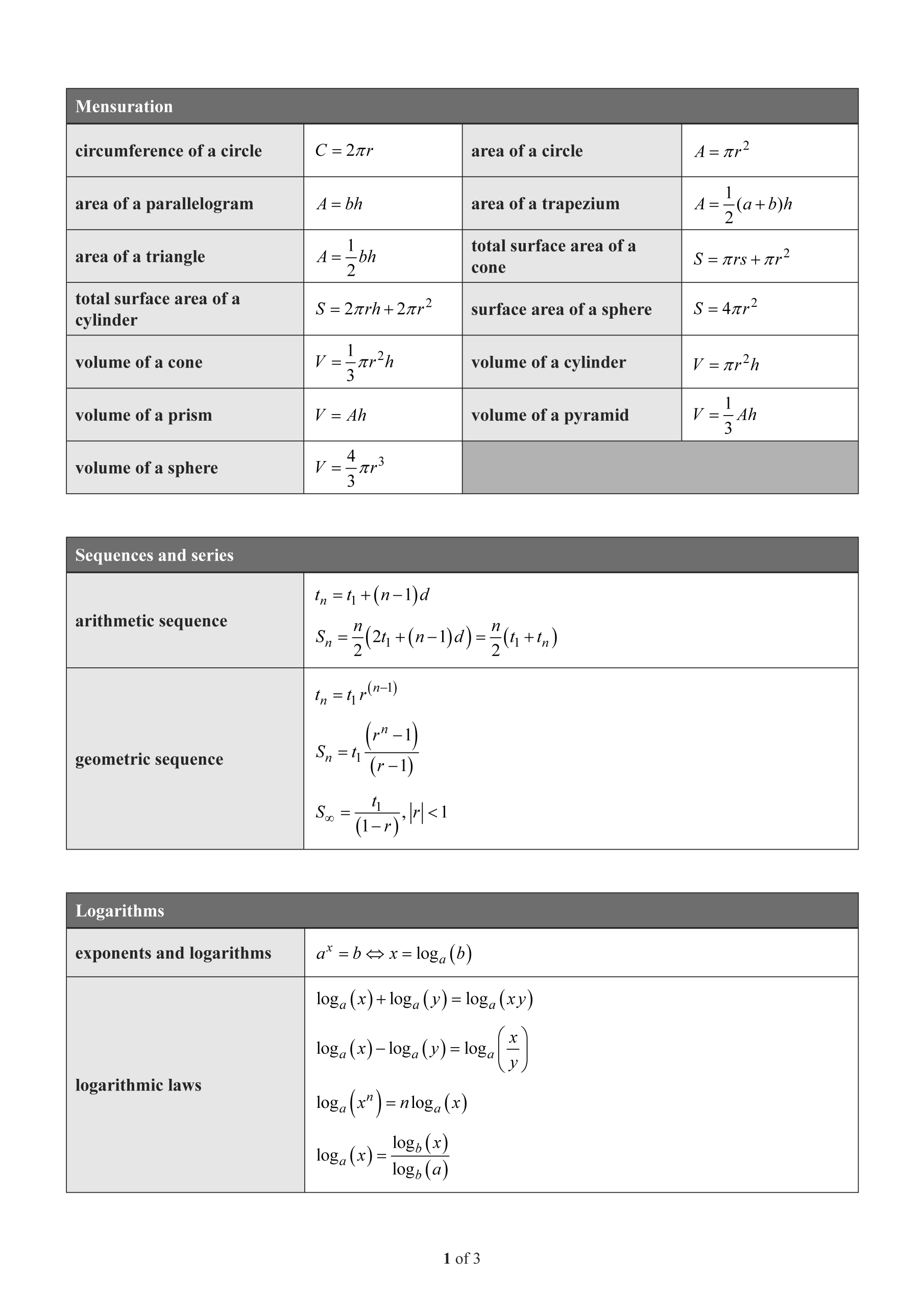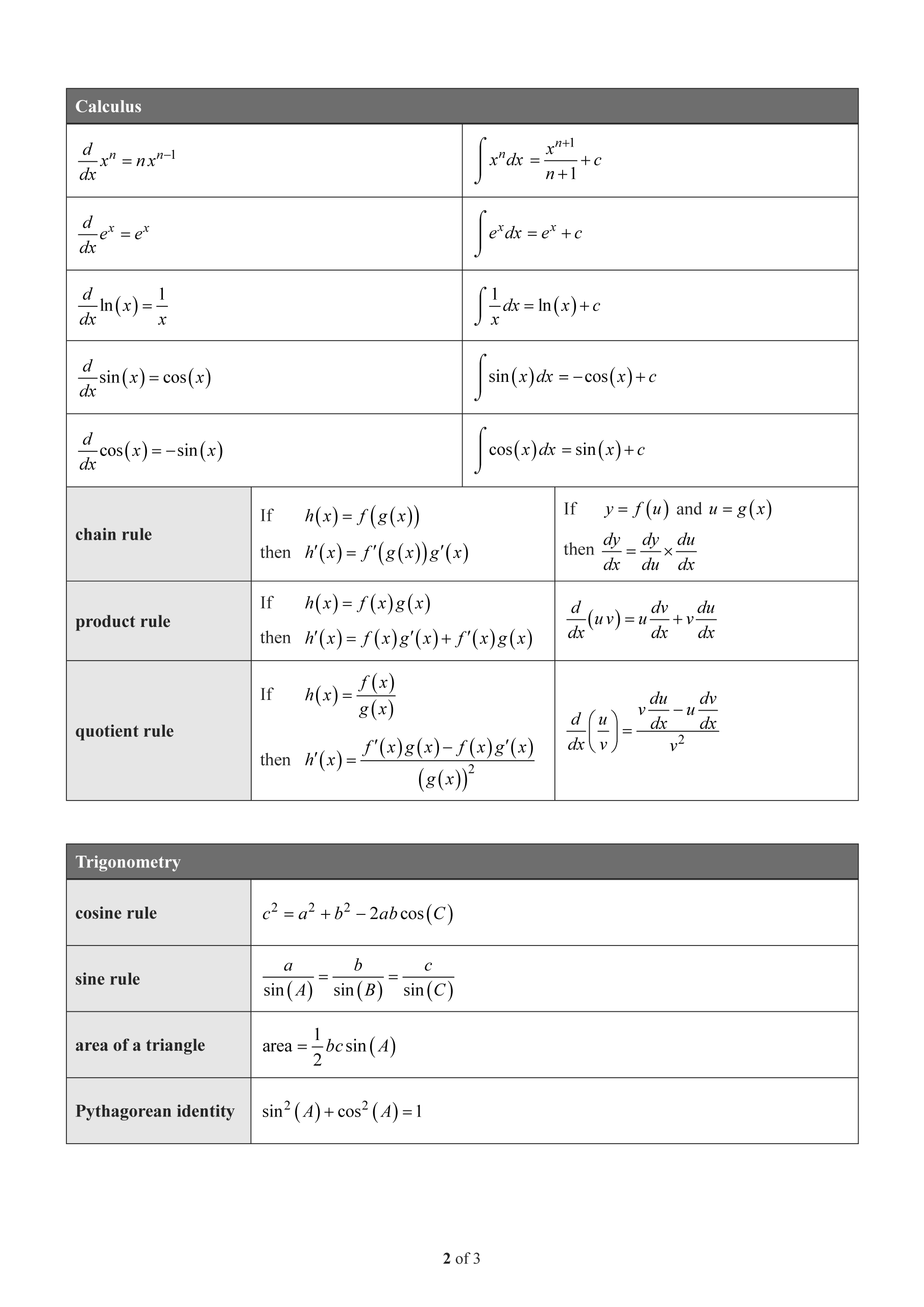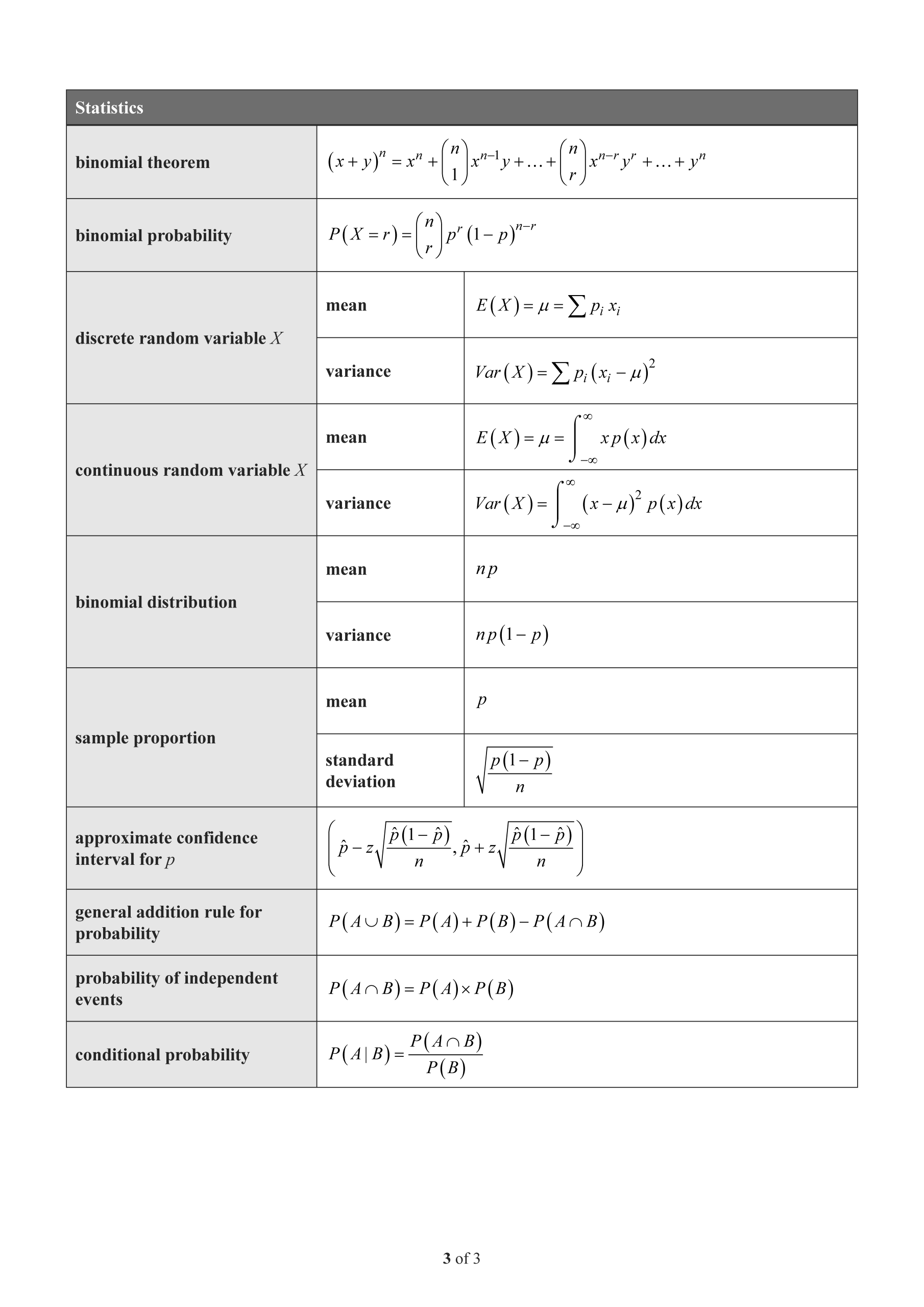QCAA Maths Methods Differential Calculus Mini Test 2
External Assessment Paper 1 — Technology-free
Number of marks: 10
Perusal time: 1 minute
Writing time: 15 minutes
Section 1
Instructions
• This section has 10 questions and is worth 10 marks.
• Use a 2B pencil to fill in the A, B, C or D answer bubble completely.
• Choose the best answer for Questions 1 10.
• If you change your mind or make a mistake, use an eraser to remove your response and fill in the new answer bubble completely.
At a certain location, the temperature (°C) can be modelled by the function \(T = 5\sin\left(\frac{\pi}{12}x\right) + 23\), where \(x\) is the number of hours after sunrise.
Determine the rate of change of temperature (°C/hour) when \(x = 4\).
- (A) \(\frac{5\pi}{48}\)
- (B) \(\frac{5\pi}{24}\)
- (C) \(\frac{5\pi\sqrt{3}}{24}\)
- (D) \(\frac{5\pi\sqrt{3}}{6}\)
The graph of \(f(x)\) is shown.
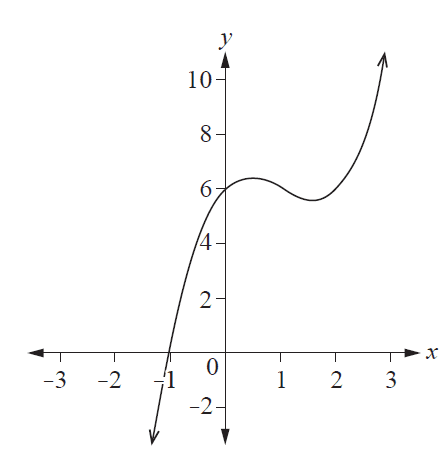
Identify the graph of the second derivative \(f''(x)\).
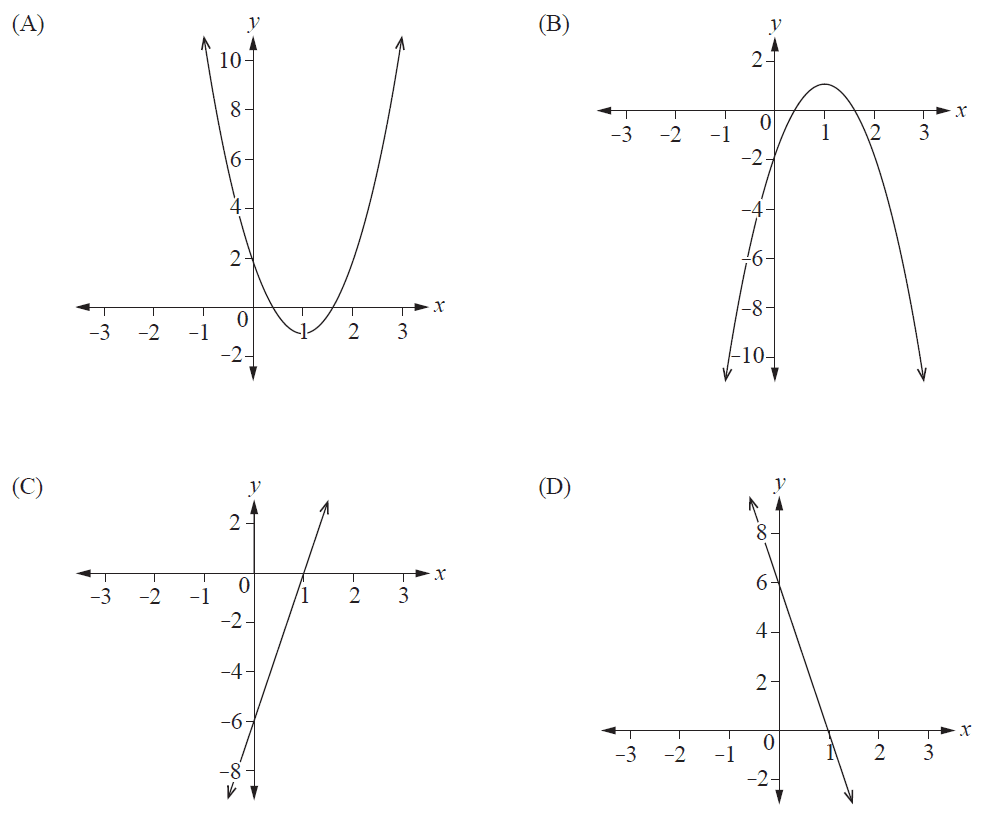
Differentiate \(y = \ln(x)\cos(x)\) with respect to \(x\).
- (A) \(\frac{\cos(x)}{x}\)
- (B) \(-\frac{\sin(x)}{x}\)
- (C) \(\frac{\cos(x)}{x} + \ln(x)\sin(x)\)
- (D) \(\frac{\cos(x)}{x} - \ln(x)\sin(x)\)
Determine \(\frac{dy}{dx}\) for the function \(y = e^{\sin(x)}\)
- (A) \(\cos(x) e^{\sin(x)}\)
- (B) \(\sin(x) e^{\cos(x)}\)
- (C) \(e^{\sin(x)}\)
- (D) \(e^{\cos(x)}\)
Section 2
Instructions
• Write using black or blue pen.
• Questions worth more than one mark require mathematical reasoning and/or working to be shown to support answers.
• If you need more space for a response, use the additional pages at the back of this book.
– On the additional pages, write the question number you are responding to.
– Cancel any incorrect response by ruling a single diagonal line through your work.
– Write the page number of your alternative/additional response, i.e. See page …
– If you do not do this, your original response will be marked.
• This section has nine questions and is worth 45 marks.
A chemical is added to the water in a swimming pool at 10:00 am to prevent algae. The amount of chemical absorbed into the water over time \(t\) (hours) is represented by
\[A = 10t^2 - 4t^3, \quad 0 < t \le 1\frac{2}{3}\]Determine the time of day when the rate of absorption of the chemical is at its maximum. Use calculus techniques to verify that your time corresponds to a maximum rate.
END OF PAPER
